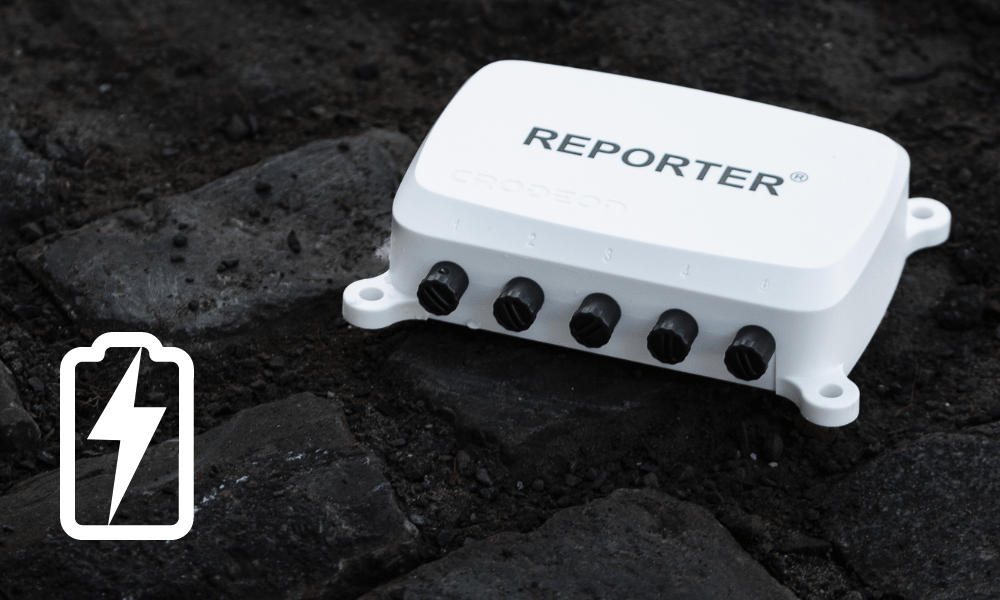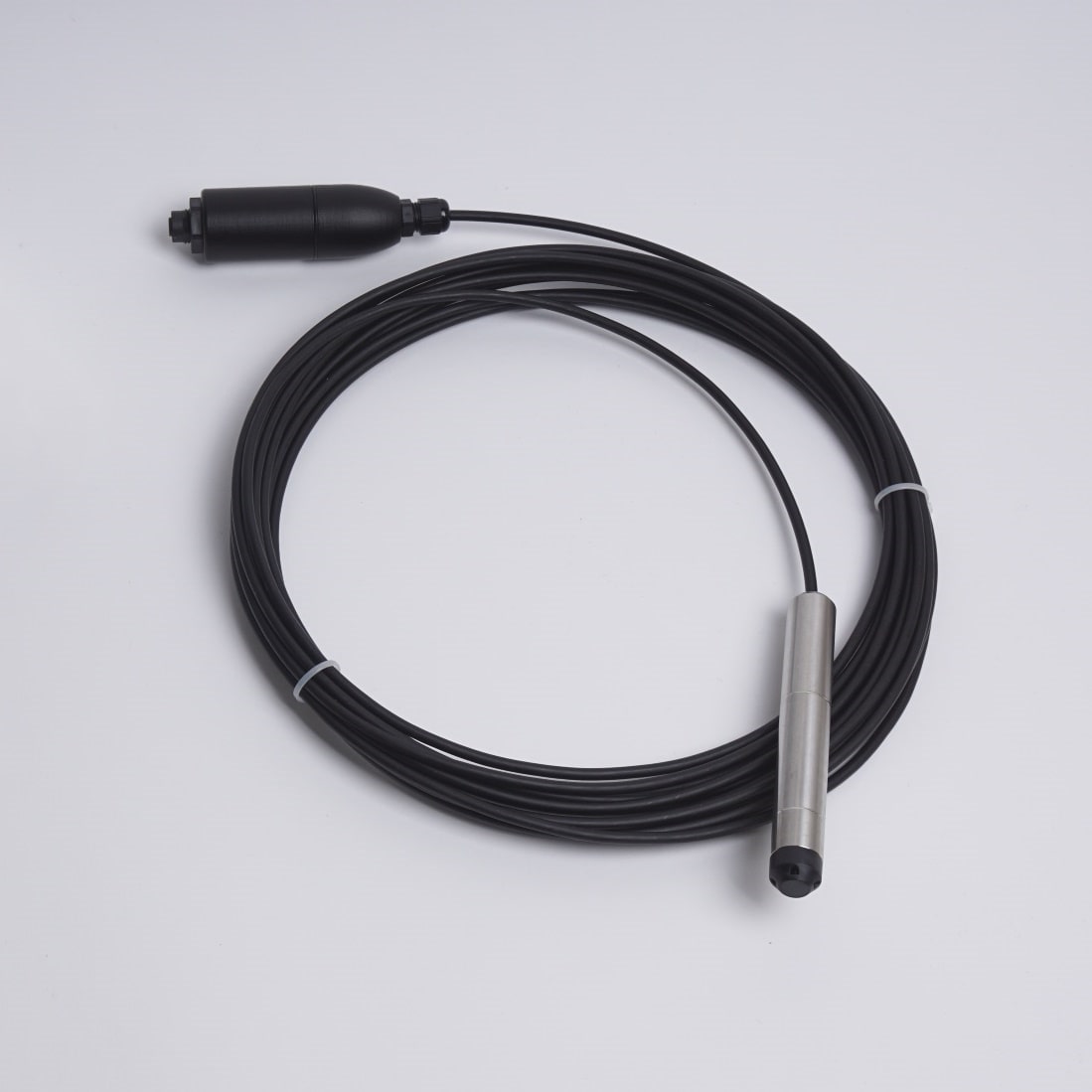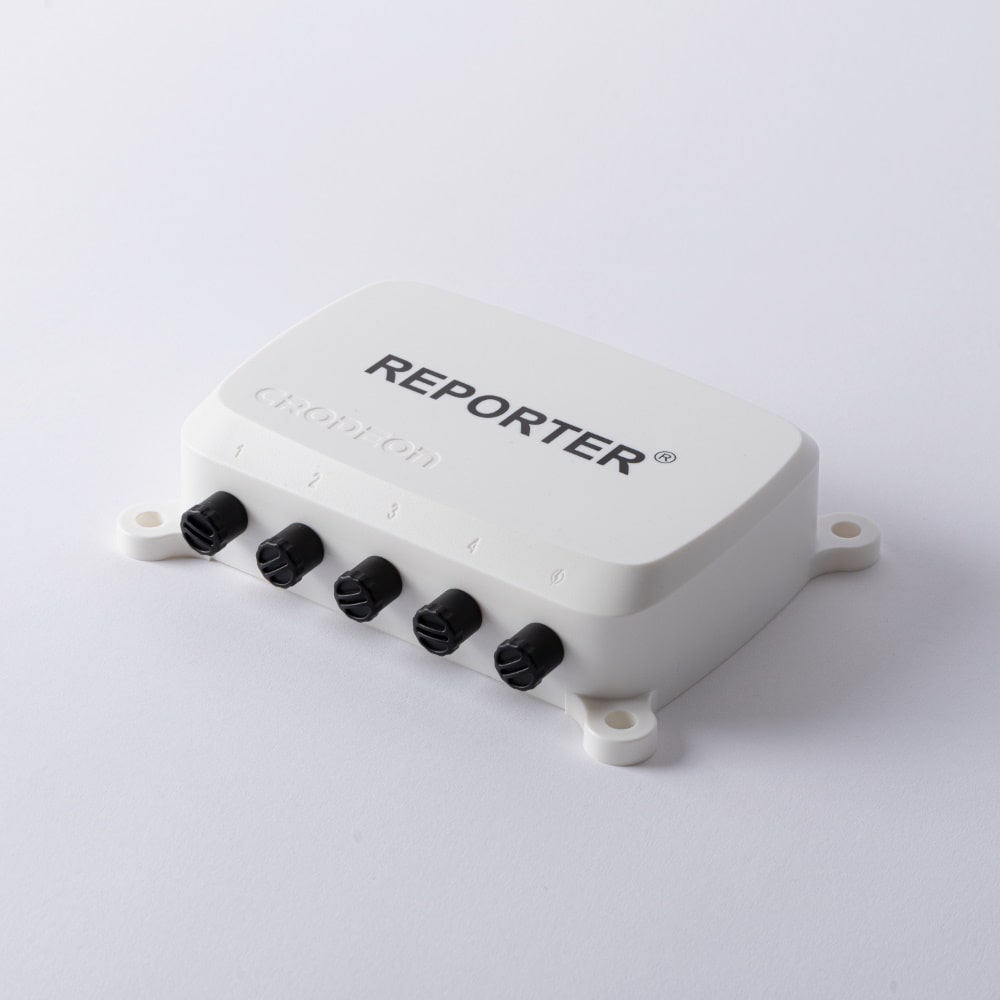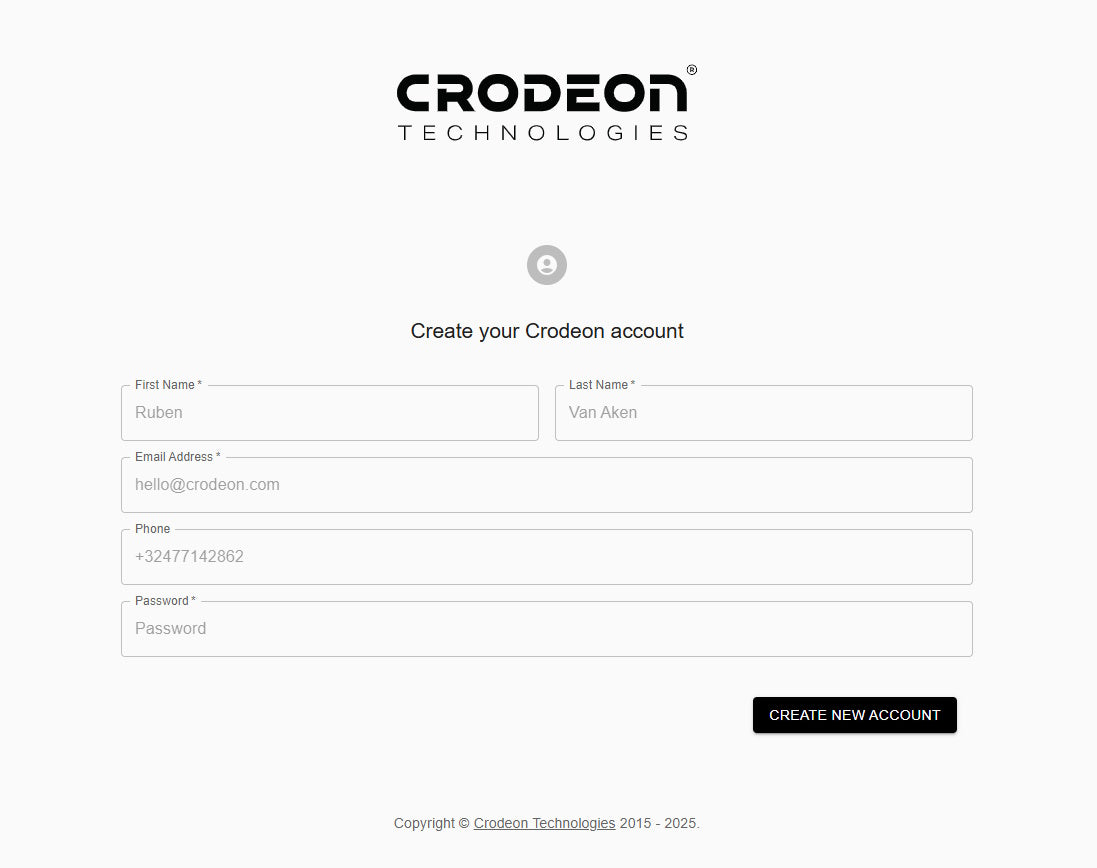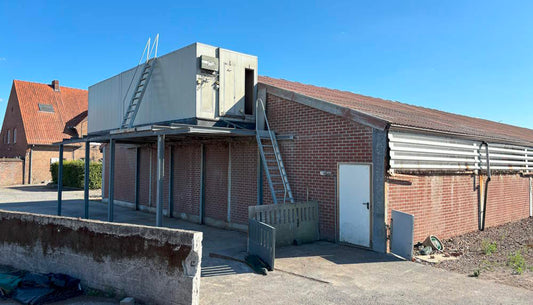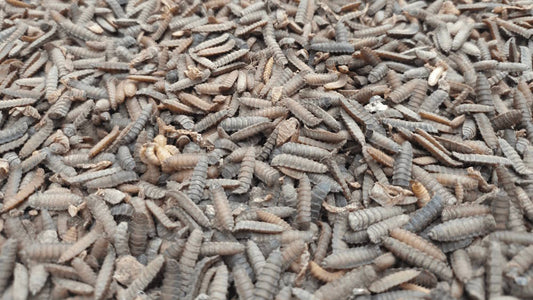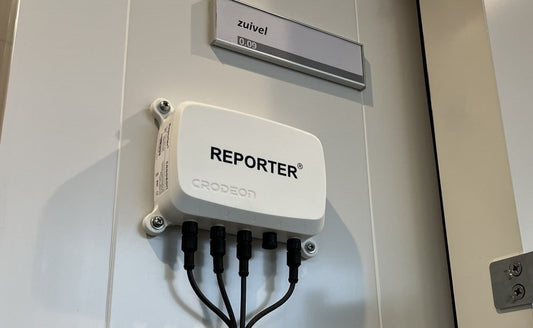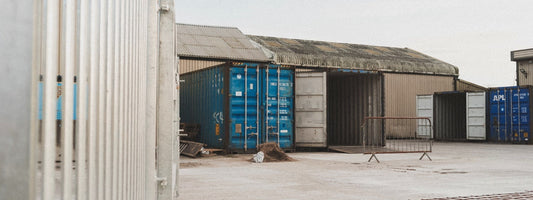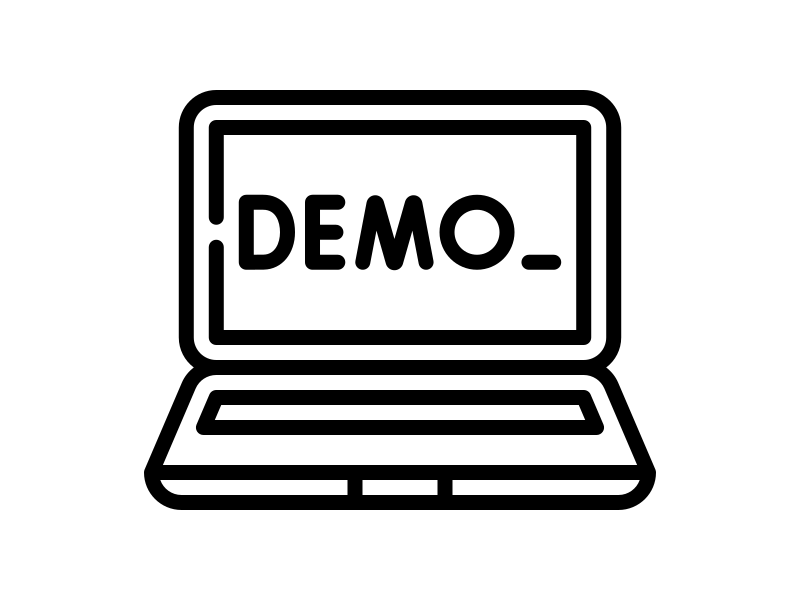Effortless groundwater level monitoring

Our soil is drying up, and that's a problem. Due to drought, it is becoming more and more important to start measuring groundwater level. Groundwater has steadily been becoming less available in recent years. Our groundwater level is too low and it often does not get the chance to restabilise after an extremely dry summer. Only through groundwater level monitoring, can the situation fully be logged and thus researched.
Belgium for example is ranked 22nd in the “Water Risk Indicator”, a report by the World Resources Institute from 2019. This proved to be true as 2020 and 2022 too, were historically dry.
Measuring groundwater level is key
A crucial part of the solution will be to start measuring water levels more often and in a larger number of locations. It's becoming painfully obvious that traditional manual groundwater level measurement methods are no longer suitable.
In many places, groundwater level measurement is still done manually and infrequently. It's not rare to see measurements taken just once a year, using tools like a simple measuring tape. This only provides data at one specific time stamp, and it takes a lot of time to complete in the first place. As a result, companies and governments are working with potentially outdated data for months on end, and valuable time is wasted. All for nothing, because modern options for groundwater level measurement devices are readily available.
How remote groundwater monitoring can help
Modern approaches can be leveraged to simplify groundwater level measurement methods and ensure that you have a constant, accurate overview of your groundwater situation. Submersible level sensors that measure groundwater level have been around for a while.
The challenge has always been to easily report this sensor data to a centralised system in the cloud. From there, the data can be made available to other users, or aggregated with other data collection points to create a more accurate picture of the situation.
As groundwater level measurement is often done in remote locations, wireless GSM-based sensor devices are best suited for the job. If possible it's also recommended to build a setup that can operate continuously without grid power.
But there's a solution: remote groundwater monitoring using IoT, allowing you to watch real-time measurements and analyse data sent to the cloud.

Groundwater level measurement devices that are easy to install
We at Crodeon have been working on these challenges for a while now. Our Reporter is one of the easiest groundwater level measurement devices on the European market. We use cellular data for a reliable wireless data connection, even in the most remote locations. Reporter makes remote groundwater monitoring as easy as can be.
Our low-power design allows Reporter and sensors to operate fully on solar power. This means no grid power is required, and you can measure 24/7 in any location that has access to the sun. A compatible small solar panel can be found in our shop. Reporter has an internal battery that charges quickly during the day, enough to last multiple nights without sun.
In some cases, for example in construction sites, groundwater is measured in combination with a pump that operates periodically. That means grid power is available, at least part of the time. Just one hour of grid power is enough for Reporter to operate several days on the internal battery.
How to measure groundwater with Reporter
To easily measure groundwater level:
- Make a 3 cm borehole to the desired depth (options are: 2.5m, 10m, 25m, 100m and 250m)
- Plug the sensor into Reporter
- Insert the water level sensor into the ground to said depth
- Watch the data appear on your pc or smartphone through the Crodeon Dashboard
The Crodeon webshop offers a submersible water level sensor that is directly compatible with Reporter. The plug & play set-up makes groundwater level monitoring a piece of cake.
Groundwater level measurement methods with other sensors
Reporter has four connectors, so you're free to connect other sensors as well. Measuring water flow (m³ / hour), rain, or water pressure for example can provide valuable insights in addition to groundwater levels. All sensors can be found in our shop. Water meters are ordered specifically for your needs.

Power failure alarm and groundwater level alarm
Reporter has the unique function to send out alarm notifications whenever something goes wrong during your measuring project. Whether this concerns power, water level or whether a pump is still running doesn't matter. Through Reporter's settings you can set limits or thresholds for each sensor. Reporter will notify you if they were to be reached or exceeded.
Monitoring the power supply to your pump could be relevant for construction workers. Through Reporter's built-in alarm system, you can receive notifications per SMS, email or voice call when groundwater level monitoring doesn't go as expected.
Data is visualised on the Crodeon Dashboard on your pc or smartphone. This is also the place where you configure the alarm settings, measurement interval and so on. We offer API access for integration with other platforms, or a simple Excel export if you prefer to work in Excel.

The best part of this story: no technical knowledge is required to get started. Remote groundwater monitoring is made easy and accessible. Crodeon offers an all-in-one solution for groundwater level measurement that is up and running in a matter of minutes. Visit our shop to make your own quote or get in touch if you have any more questions.
FAQ about how to measure groundwater
What is a groundwater level monitoring instrument?
Groundwater level measurement devices are instruments that allow you to measure the depth (or height) at which water is present in the soil. They allow you to track how deep plants have to grow their roots to reach the reserves deep in the ground. They also allow you to measure at which depth you can expect to find water when digging on a construction site. When combined with a rain sensor and temperature data, evaporation can be calculated.
What can I use as an underground water level indicator?
The easiest option is to make a borehole and measure the depth at which water is present in this hole.
What sensor is used as an underground water level detector?
The most comment sensor to measure and detect the water level is a submersible water level sensor.
What are different groundwater level monitoring methods?
Traditionally a simple tape measure is used to manually measure the groundwater level. However, these groundwater level measurement methods are very time-consuming. Newer, more modern methods to automatically monitor the groundwater level allow you to keep an eye on groundwater without being as labour-intensive.
Can I use a submersible level sensor for groundwater level monitoring?
Yes, absolutely! We highly recommend that you use a submersible level sensor in a narrow borehole to measure and monitor the water level.
What are plug & play groundwater measurement devices?
Reporter by Crodeon is a plug & play sensor module that allows you to measure and monitor the groundwater level. Simply plug the level sensor into the device and it will instantly start to measure and stream its data to the cloud platform (Crodeon Dashboard).
How is groundwater measured?
How to measure groundwater: make a narrow borehole to your desired depth, choose a sensor that works at that depth, attach the sensor to a sensor module, drop the sensor down the borehole and start measuring the water level.
Is a pressure sensor a ground water level detector?
A submersible level sensors measures based on pressure, however it is not the same as a pressure sensor. A submersible water level sensor measures how much water is above it. A pressure sensor is a sensor that can be attached to a pipe. This sensor will measure at what pressure the gas/liquid/vapour travels through this pipe.
What instrument to measure ground water level should I use?
First you will have to make a borehole to your desired depth. Then you can use a manual instrument like a tape measure, however, this takes up a lot of time and is quite labour-intensive. We recommend using a submersible level sensor and a modern sensor module like Reporter to automate your groundwater level measurement.


